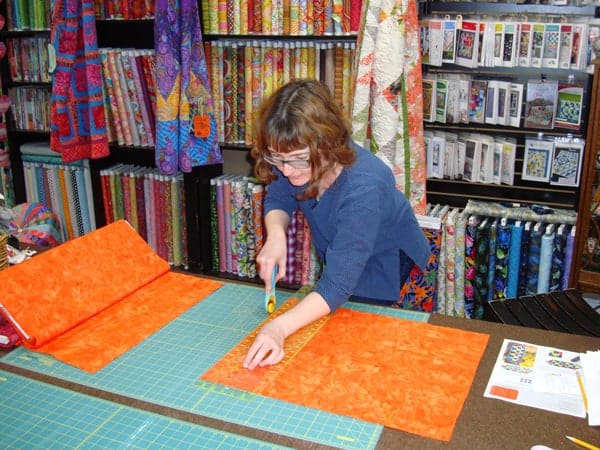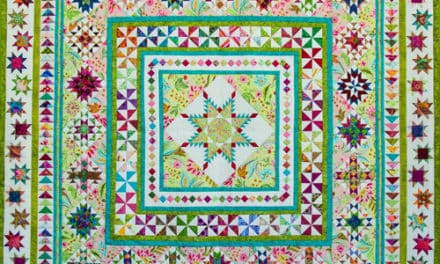Quilting and sewing in general is a learned skill that requires a bit of study and practice. Before you decide to start a big project like a full size quilt, it is best to acquire some basic sewing skills by taking a class for beginners. Many fabric and notion shops offer classes and those that don’t will know where you can find one. The quilting community around Northern California is a tight-knit bunch and are happy to share knowledge and customers to keep their art up to date and their businesses buzzing. From embroidery and knitting to quilting and fabric painting, each shop has it’s own specialty items and knowledge base to support the faithful crafters of NorCal.
2019 promises to be brimming with classes on new techniques and new technologies throughout the north state. Check in with your local shop owner, quilter’s guild or sewing club and ask about what is new. While searching for the right class for you consider the following to get started on your own.
1) Get familiar with lingo. Purchase a book on the basics of sewing and learn the terminology that you will encounter while shopping for fabrics and other notions. More specialized books and magazines are also a good idea to learn the terms and abbreviations associated with reading different kinds of patterns. Watch a few videos online and pay attention to the language in common.
2) Gather your tools and know how to use them. Start with your sewing machine. If you bought it new, chances are there is an owners manual but again classes are available to teach you to use your machine. If it came from a family member they are probably a good choice to show you the basics.

Practice threading the machine and winding bobbins. Learn what each accessory does and practice with the ones you think you will use the most. Each machine is different so practice with scraps; don’t be afraid to try all the settings and learn what your machine can do, the new technologies are amazing.
3) Start small. Confidence and skill improve with practice and small successes so don’t try to build Rome in a day. If you are learning embroidery, start with a basic pattern and one or two different stitches at first. As you master one technique in your chosen medium, upgrade to something a bit more challenging.
4) One thing at a time. Once you decide to “make things” it is easy to get carried away and get several projects started and find yourself with none finished after all that hard work. Again, start small; perhaps sew a simple set of potholders in a single color or simple pattern using two colors. Choose projects that can be completed in a few hours at first. As you build confidence, move on to more complex patterns and projects.
5) Learn the basics of your chosen craft. If you start with quilting, learn the basic cuts, stitches and hems. Practice it until you master it. If crotchet or knitting is your curiosity get different size needles or hooks and various yarn weights and get comfortable making simple stitches and graduate to simple shapes. Practice keeping your stitches the same size and your yarn tension consistent. Embroidery buffs should start with a simple design with long lines and a few simple stitches practicing for uniformity in stitch size and tension.
Creating with fabrics and yarn is an ancient art form that consistently withstands the test of time passing from generation to generation in many families and communities. Crafting together in groups, guilds and local classes keeps the art alive and communities connected in a wonderfully creative way. Cure your desire to make something beautiful and make a bunch of great new friends with a class or two in your neighborhood. The local shopkeepers can’t wait to see what you dream up.











